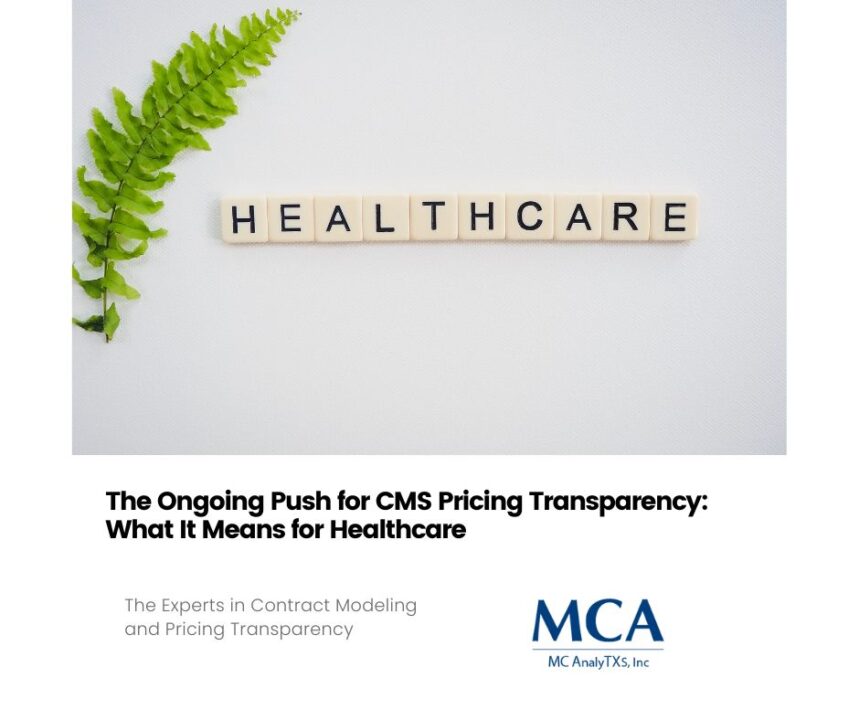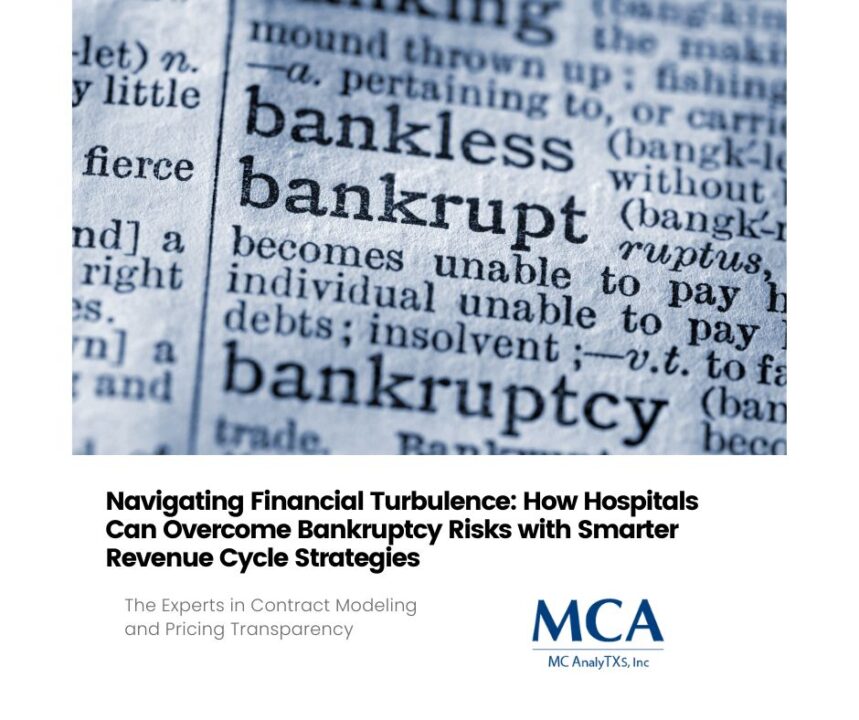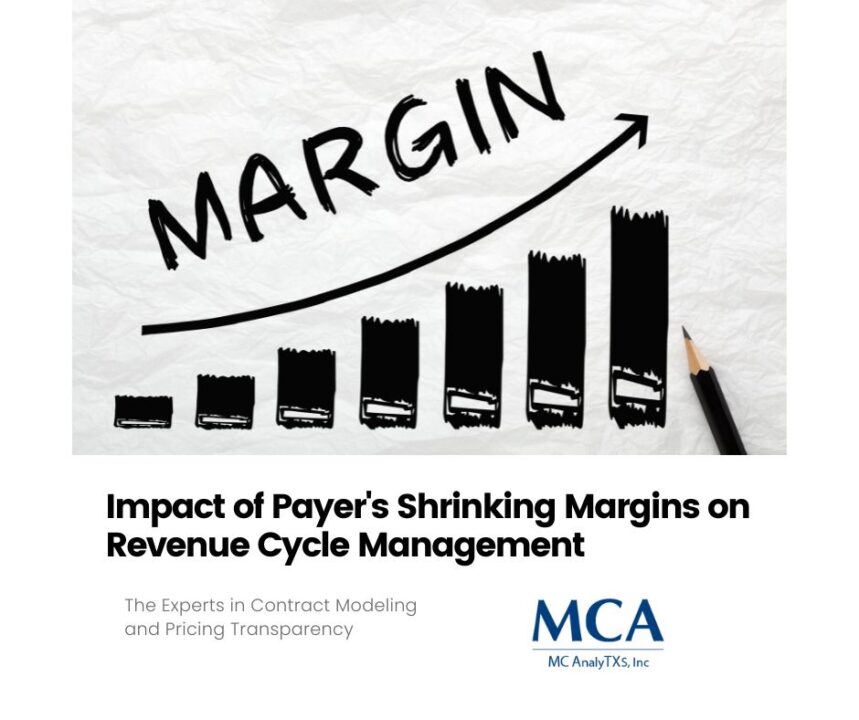
Automating and Outsourcing Your Revenue Cycle Management
March 3, 2023
Maximizing Your Revenue Cycle Management
March 10, 2023With an increasingly complex healthcare environment, payor compliance and regulatory burdens are putting strain on the revenue cycle.
These challenges require leaders of revenue cycle operations to understand how to navigate these regulatory issues while still managing their revenue cycle goals.
Below, we unpack some of the most common regulatory burdens and discuss how to ensure compliance while protecting your organization’s bottom line.
The Meaning of Regulatory Burden
The regulatory burden is “the cost imposed on individuals or organizations by government rules”.
In the context of healthcare, the regulatory burden can refer to many different types of regulations, including but not limited to patient privacy laws, Medicare/Medicaid reimbursement processes, and coding standards.
All of these regulations can have a direct impact on the overall financial performance of a healthcare facility.
Navigating Regulatory Burden in the Revenue Cycle
To navigate these challenges, it is essential to have a comprehensive understanding of the regulatory environment and the potential impacts it can have on the revenue cycle.
Leaders should be knowledgeable about current regulations and be able to identify new trends as they emerge in order to stay ahead of any potential changes that could affect their organization’s financial performance.
Additionally, having a well-trained staff can help ensure that all regulatory requirements are met and that any errors or oversights are quickly addressed.
Finally, investing in technology solutions such as automated workflow systems can help reduce manual labor costs associated with keeping up with changing regulations while helping to ensure accuracy across all areas of the revenue cycle.
Payor compliance and regulatory burdens present real challenges for today’s healthcare leaders.
Mitigating those risks while still achieving financial success requires a comprehensive understanding of both current regulations and emerging trends in order to stay ahead of any potential changes that may occur in the future.
Also, it is important to have a well-trained staff who can accurately identify errors or oversights before they become significant problems for your organization’s bottom line.
In addition, to taking advantage of technological solutions available today which can help streamline processes associated with managing payor compliance and other regulatory issues within the revenue cycle process.
By taking these steps now, healthcare executives everywhere will be better prepared for whatever changes arise in this ever-evolving industry!
To learn more join our upcoming webinar on March 23rd at 1 pm CST.





